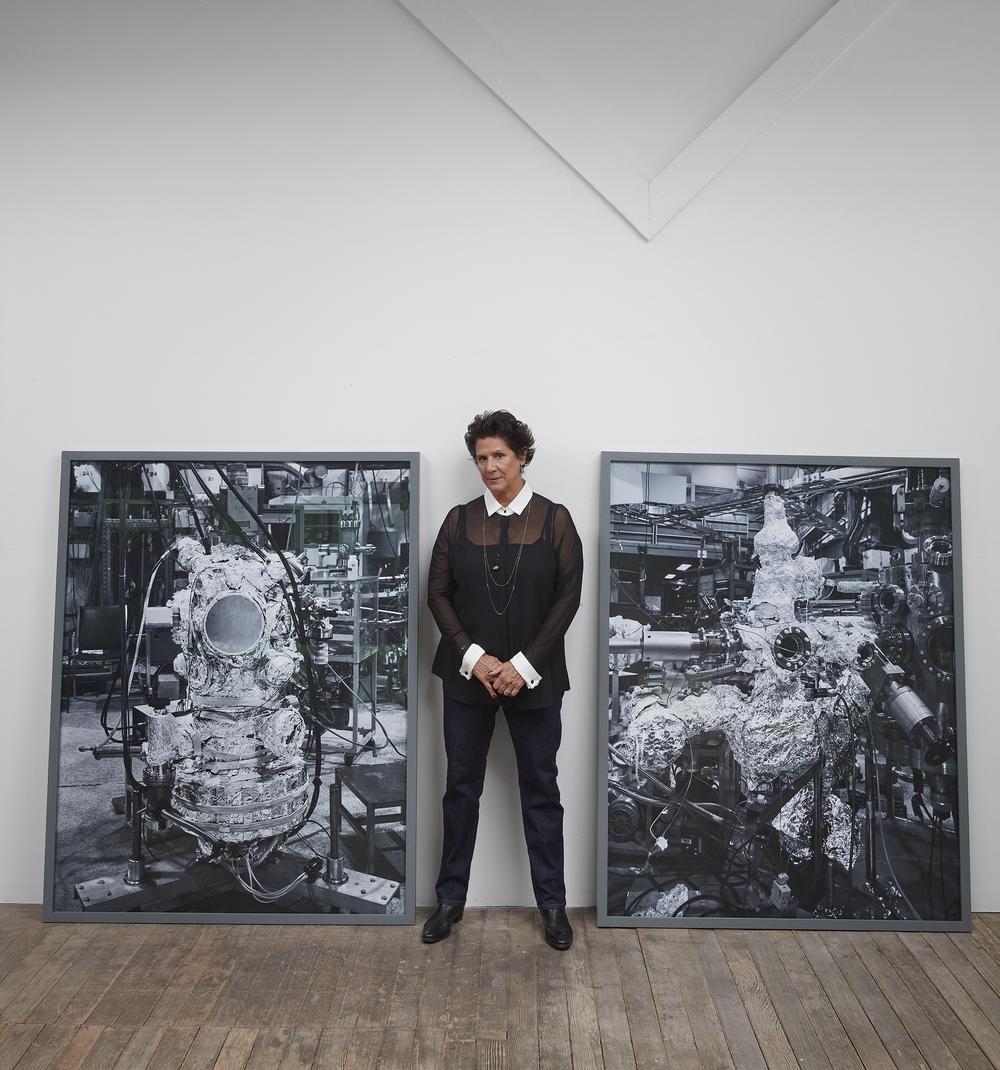Catherine Wagner. Structures of Society
Throughout her career, photographer Catherine Wagner has observed the built environment. Her early series of black-and-white photographs of the Moscone Center in San Francisco during its construction, “George Moscone Site” (1979–82), shows the vastness of the built environment, recalling the sublime topography of nineteenth-century Western landscape photography by Carleton Watkins (1829–1916). Wagner’s images, however, depict a cultural landscape—amid a mess of scaffolding, rebar, dirt, and machinery is the logic of architectural structures that systematize our lives. Identifying models of cultural order inside classrooms, homes, museums, and high-tech labs, she photographs chalkboard drawings in an empty classroom, three-dimensional molecular models in a display case, and marble sculptures in art storage crates. She captures the utilitarian and mundane, a seemingly objective task of documentation, but through her focus and framing her subjects appear far more idiosyncratic. For example, her images from 2003 of vacuum chambers used in physics research are mysteriously anthropomorphic. Their title, Frankenstein, suggests the artist’s critical eye in examining how scientific tools inform our knowledge and ethics—how they shape our society.
